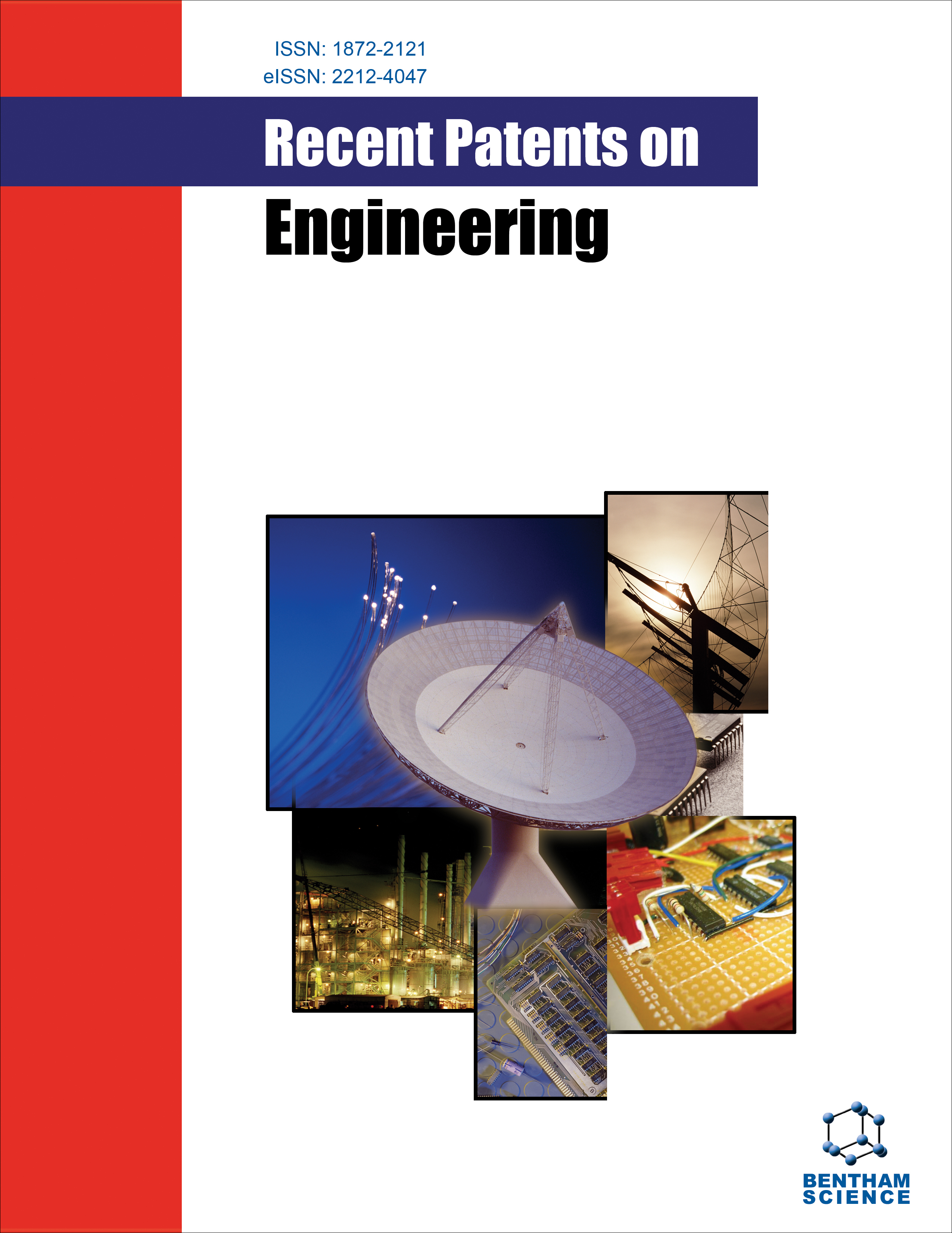
Full text loading...
We use cookies to track usage and preferences.I Understand

Tracheotomy is a surgical technique in which the trachea in the front of the neck is cut to construct an artificial airway. Bypassing blockage or lesions in the upper airway, this opening permits oxygen provision and carbon dioxide exhalation straight through the trachea. A more profound comprehension of the pathophysiologic role of the airway has made tracheotomy a crucial component of treatment for several illnesses. Medical devices used both during and after a tracheotomy are known as auxiliary devices for tracheotomies. These devices, which include dilators, cannulas, plugging devices for cannulas, and immobilization devices, ensure the procedure is completed safely and the patient recovers quickly.
This paper aims to identify the key issues, summarize the many tracheotomy auxiliary device constructions in recent years, and serve as a resource for researchers working on related topics.
Assess and evaluate the benefits and drawbacks of the tracheotomy auxiliary devices covered by the patents filed in the last several years and identify areas for development.
This patent research examines the shortcomings of current tracheotomy auxiliary devices and speculates about future directions for their advancement.
Although they are challenging to use, the tracheotomy auxiliary devices now in use provide good stability and dependability. Enhancing the mechanical structure of tracheotomy auxiliary devices and strengthening clinical trials for various patient populations and intricate surgical settings are essential improvements. Furthermore, pertinent patents for auxiliary equipment used in tracheotomies have not yet been created.

Article metrics loading...

Full text loading...
References


Data & Media loading...